I concur with what others have said above. Battery capacity is somewhat dependent on discharge current At higher discharge current, the battery capacity decreases.
Here are discharge curves that illustrates this. The same battery was discharged at different rates.
 ( source )
( source )
This chart is for a Li-ion battery. A chart for a Lead-acid battery would also show the decrease in capacity.
Note that in this case, C doesn't stand for °Celsius. In the chart above, C stands for discharge rate normalized by battery capacity. 1C means such rate that will discharge a battery in 1 hour. 0.5C and 4C correspond to 2 hours and 15 minutes, respectively. Consider a 12Ah battery. For such battery 0.5C, 1C, 4C correspond to 6A, 12A, 48A, respectively. This kind of normalization helps to abstract away the size of the actual battery, which makes it easier to look at other aspects. (More here.)
update: Here's another similar chart.

 (
( 